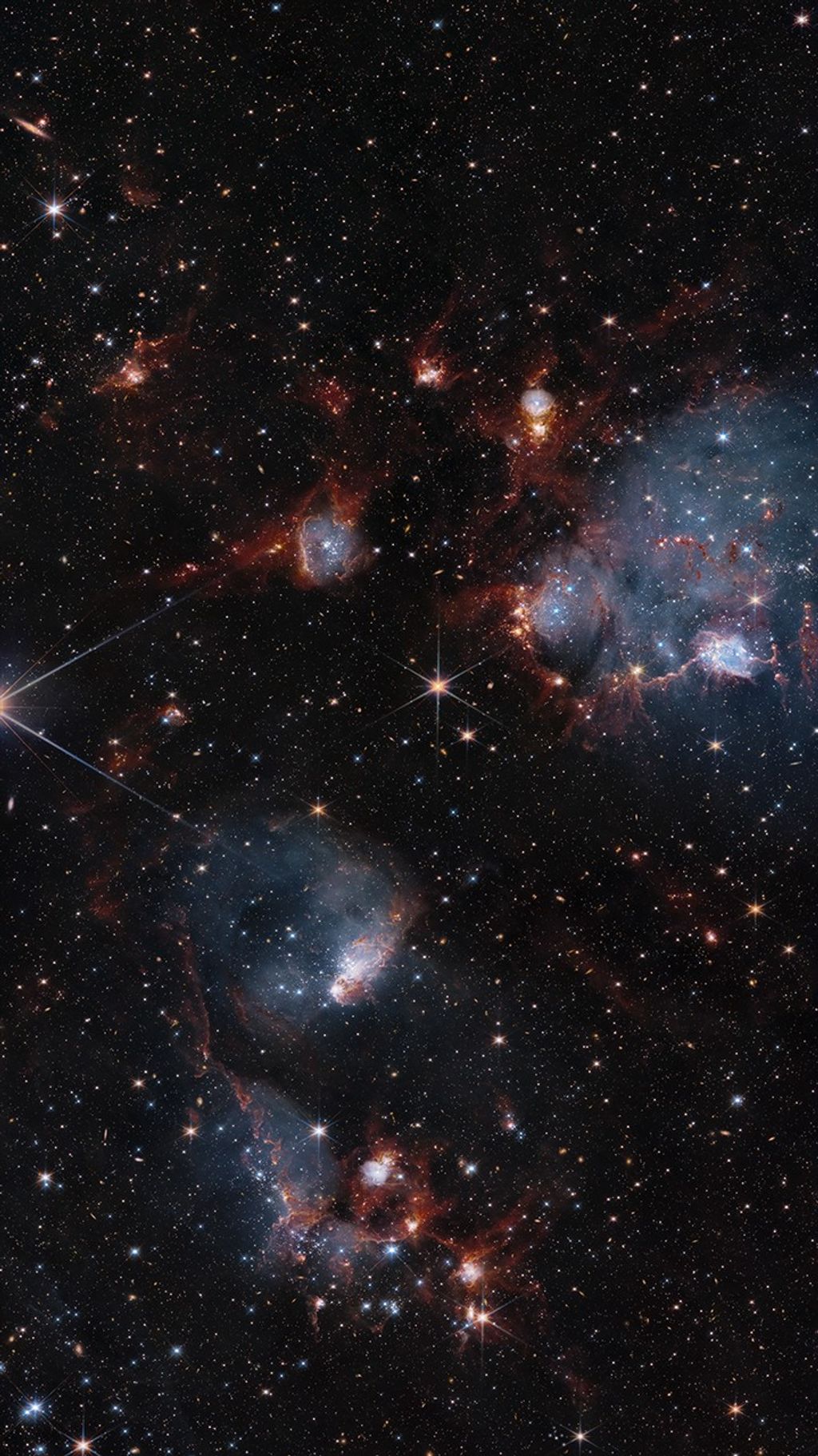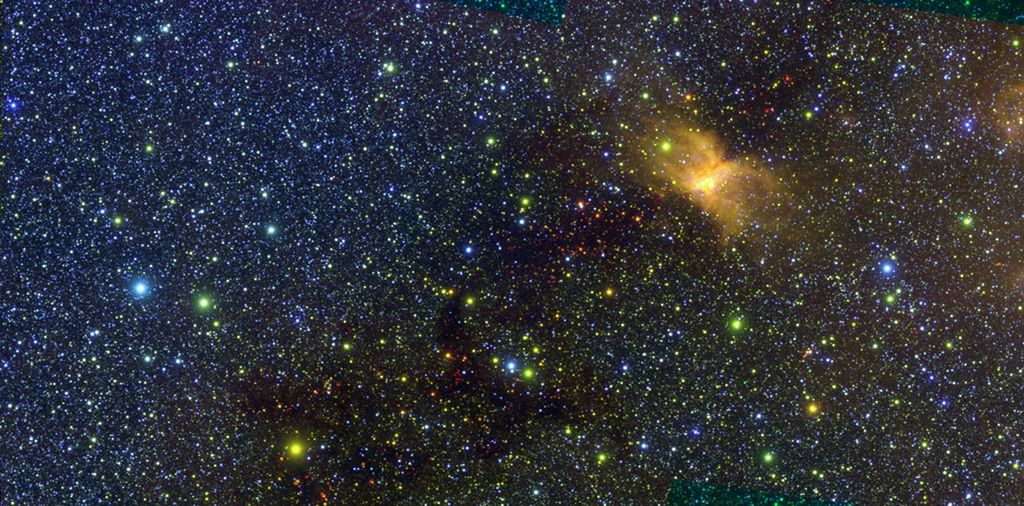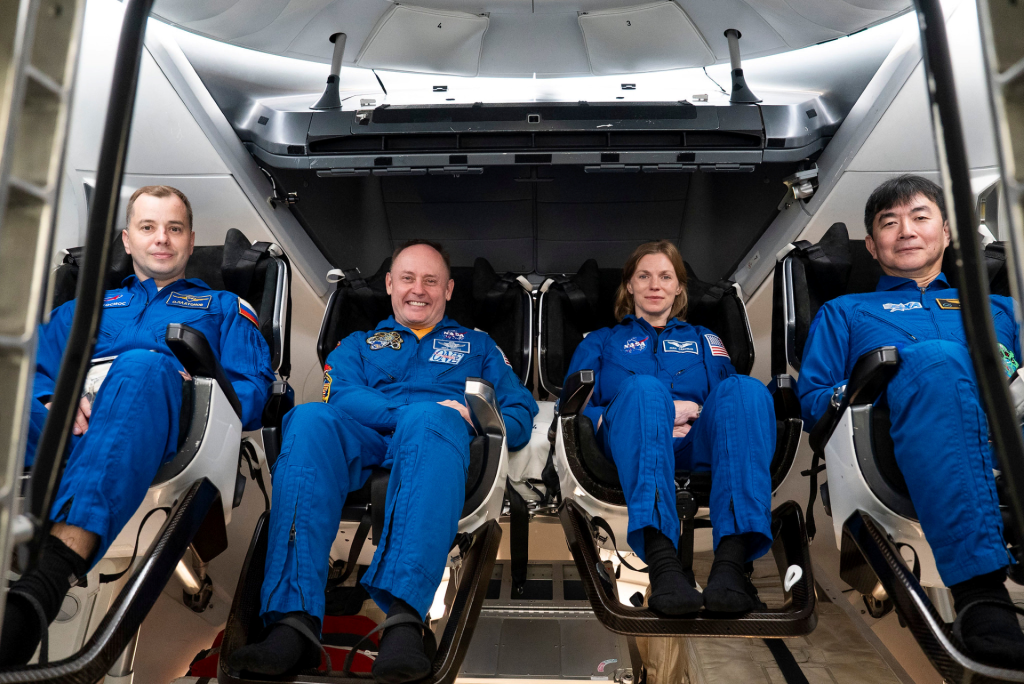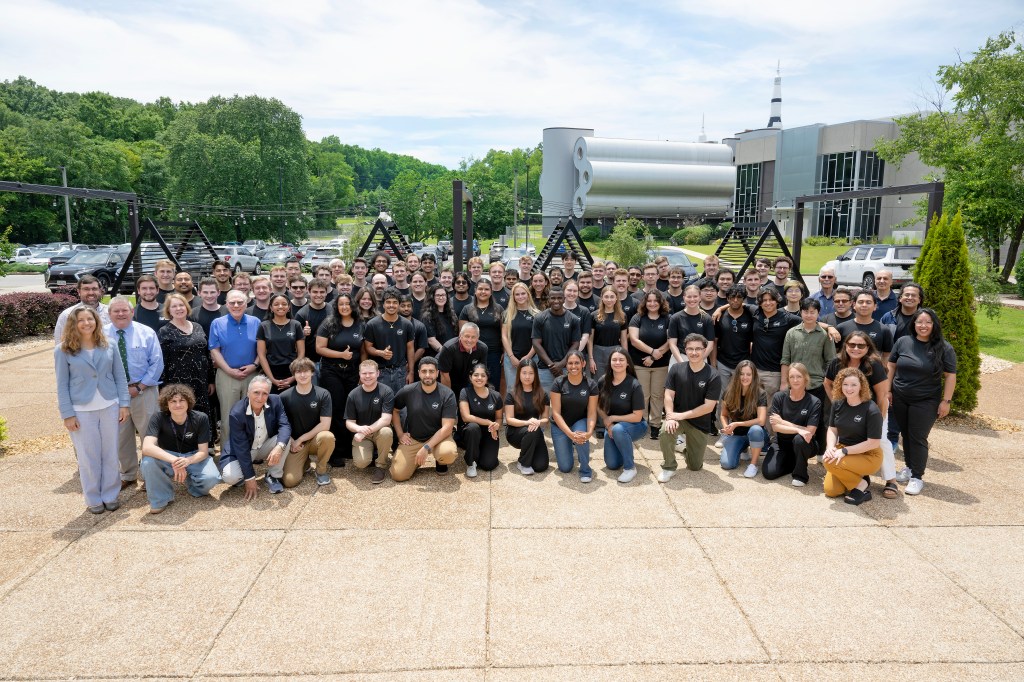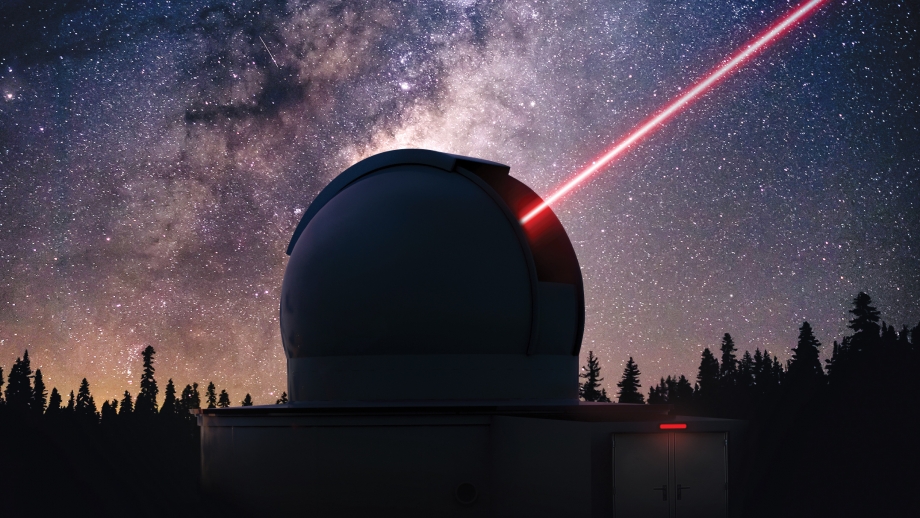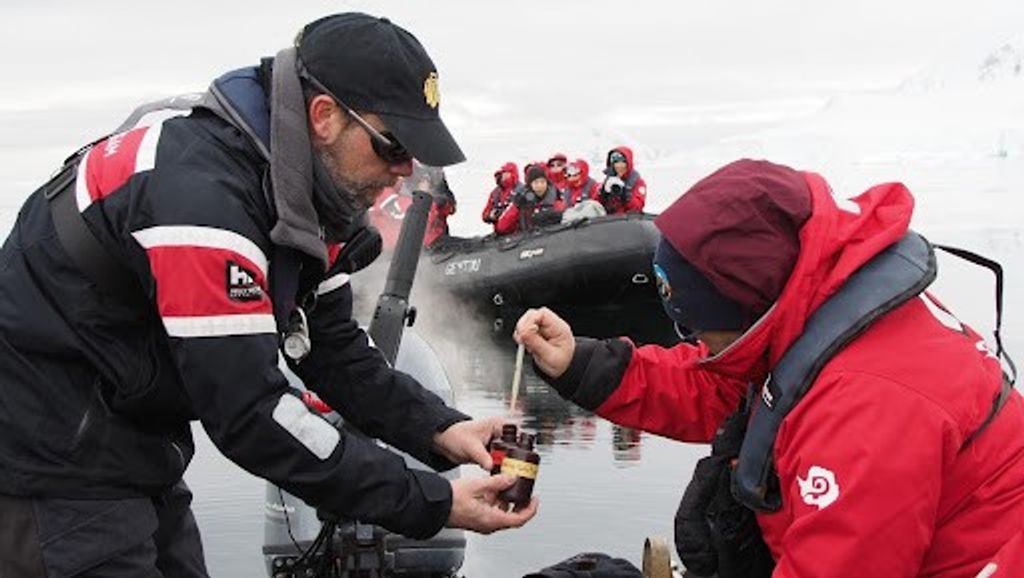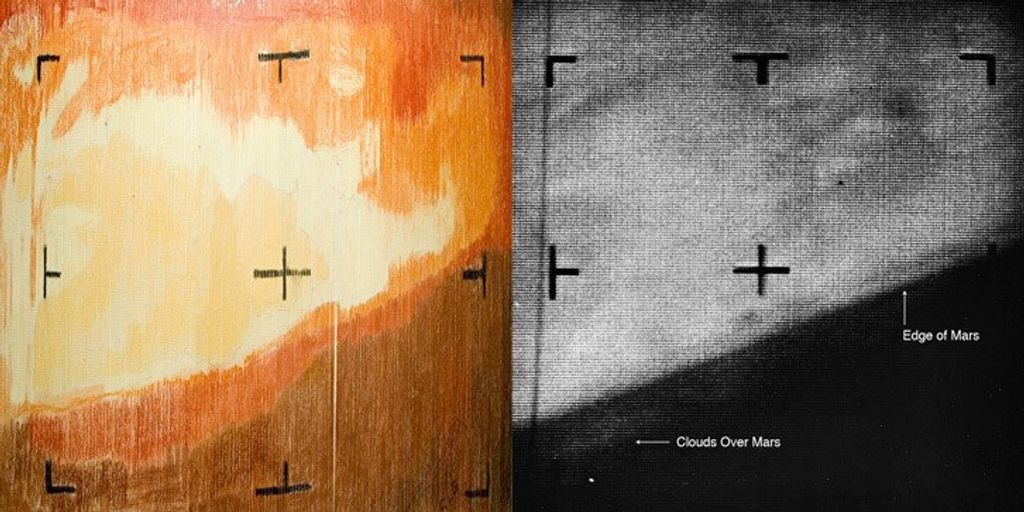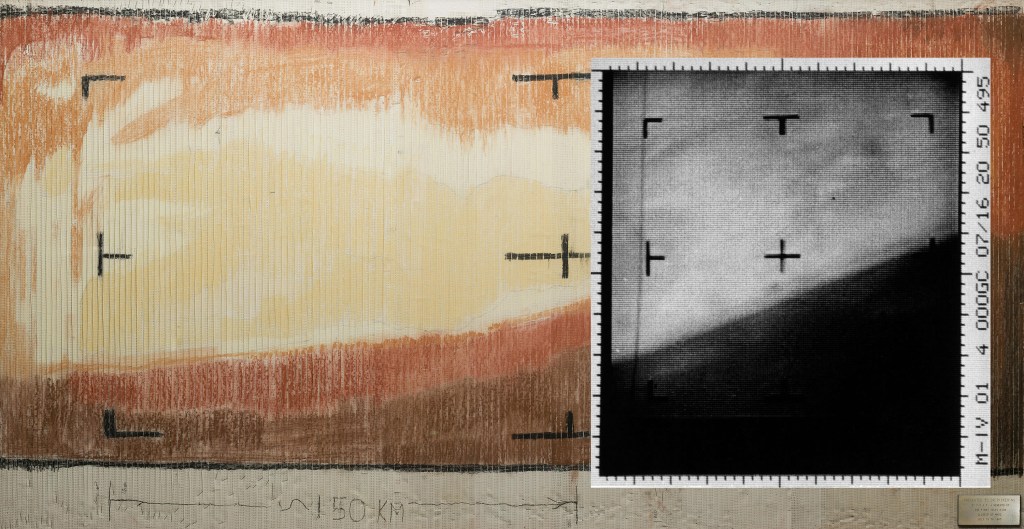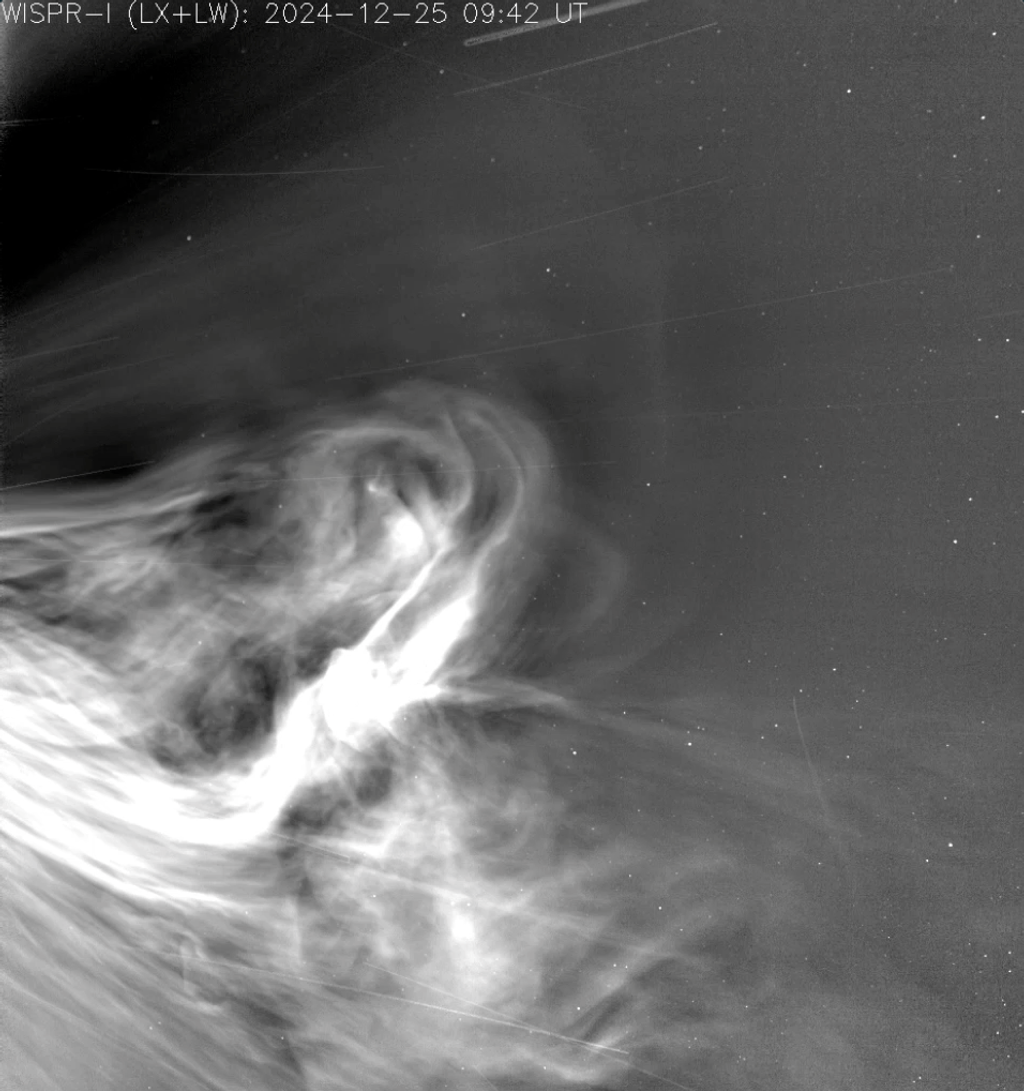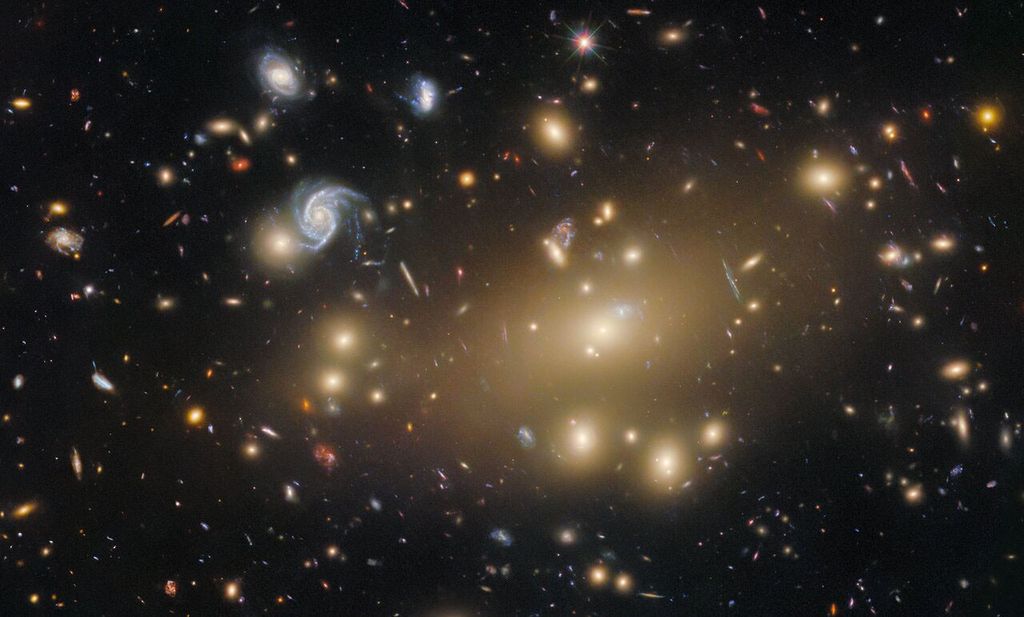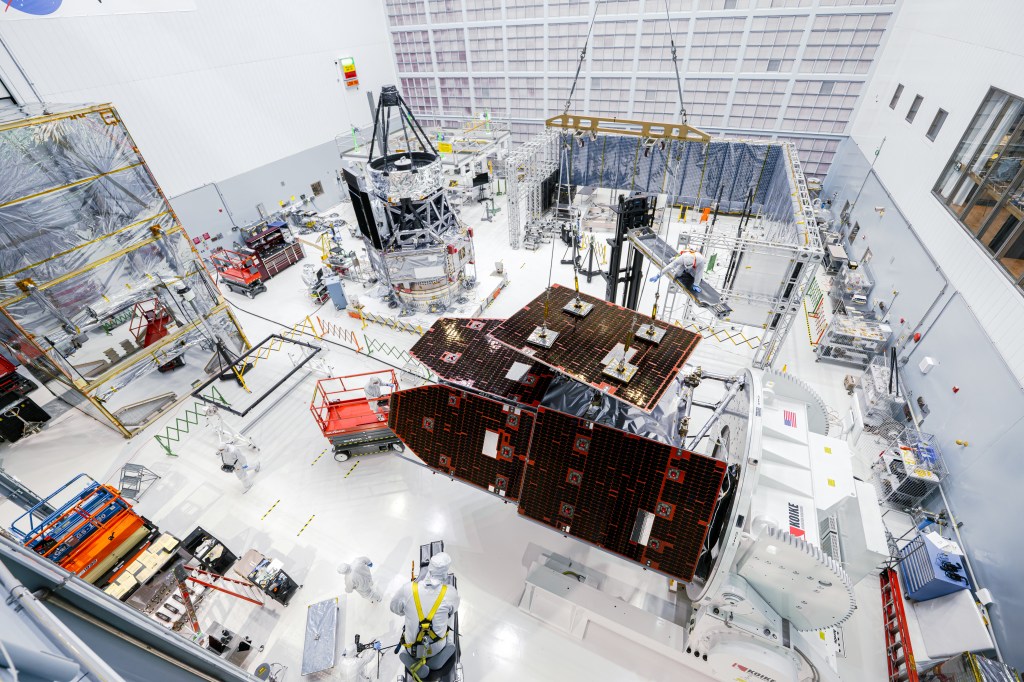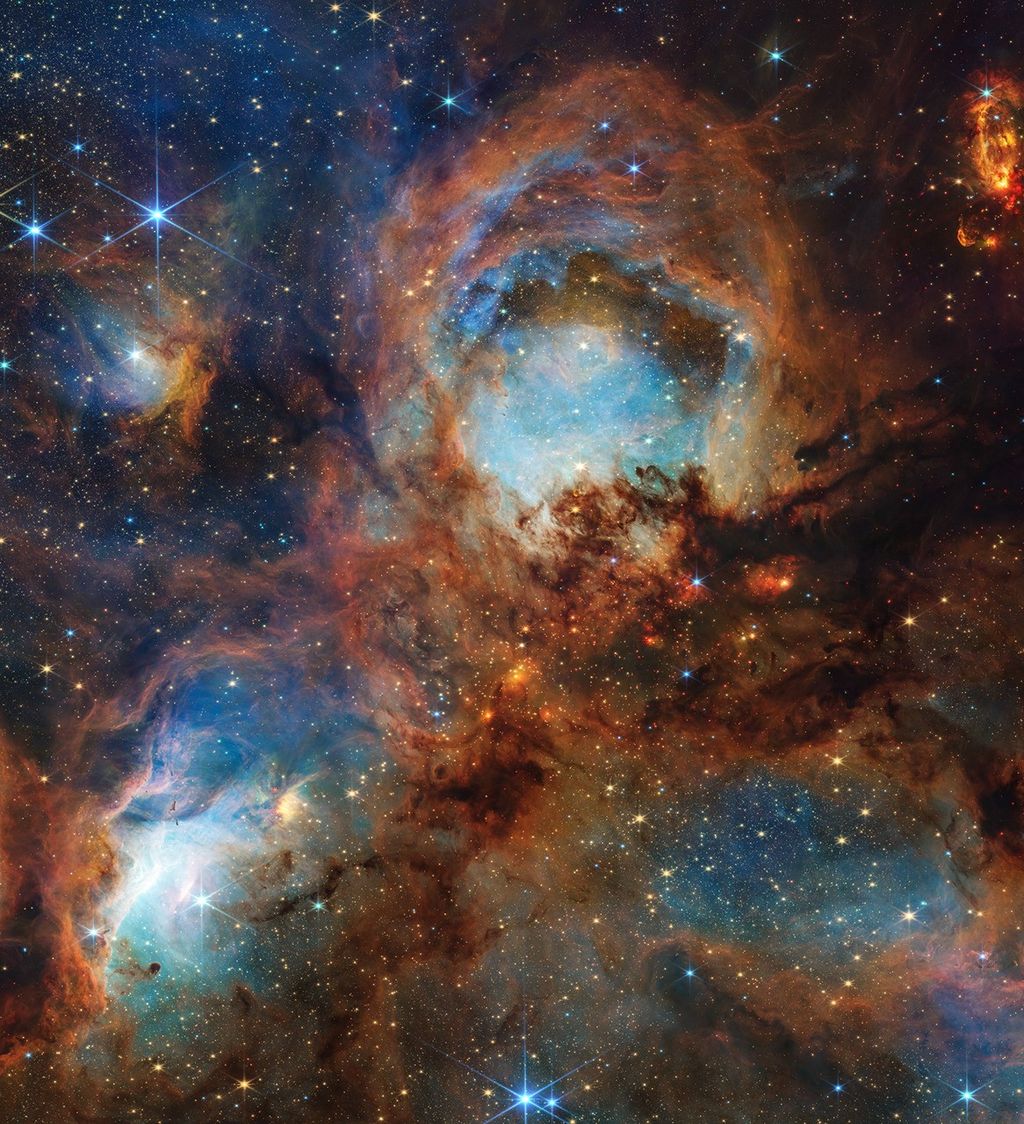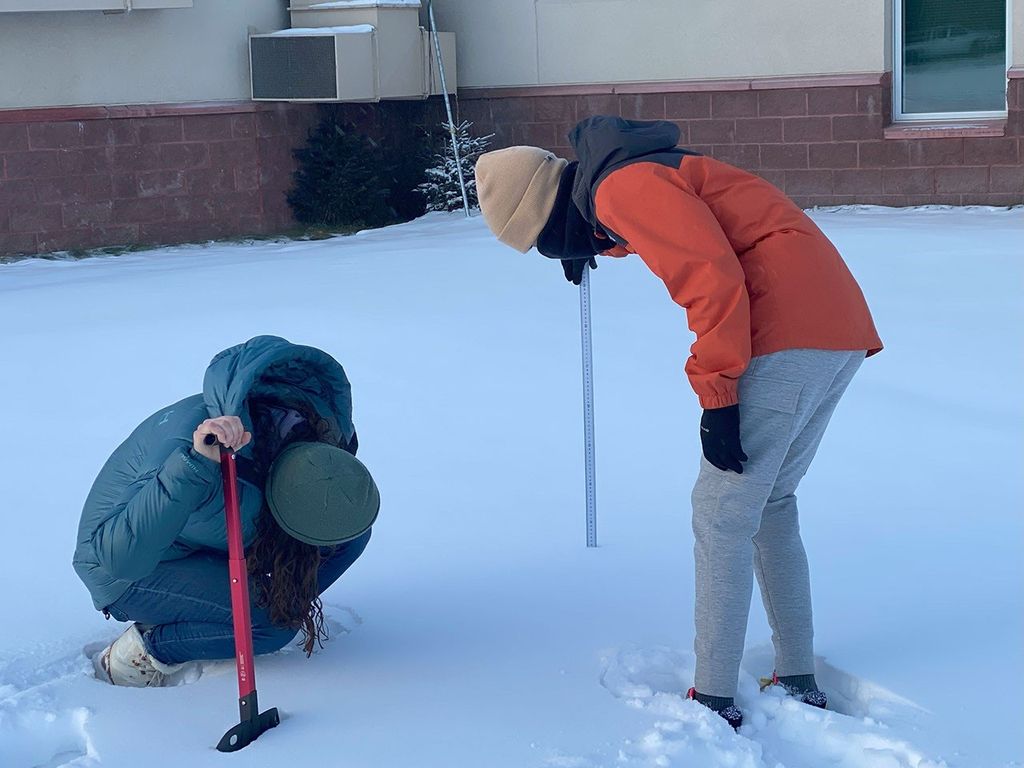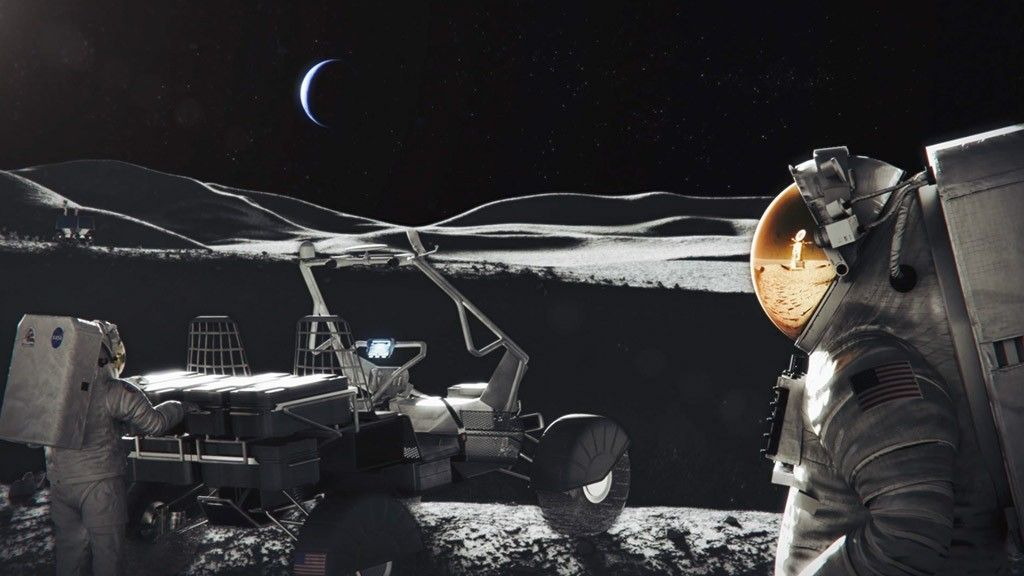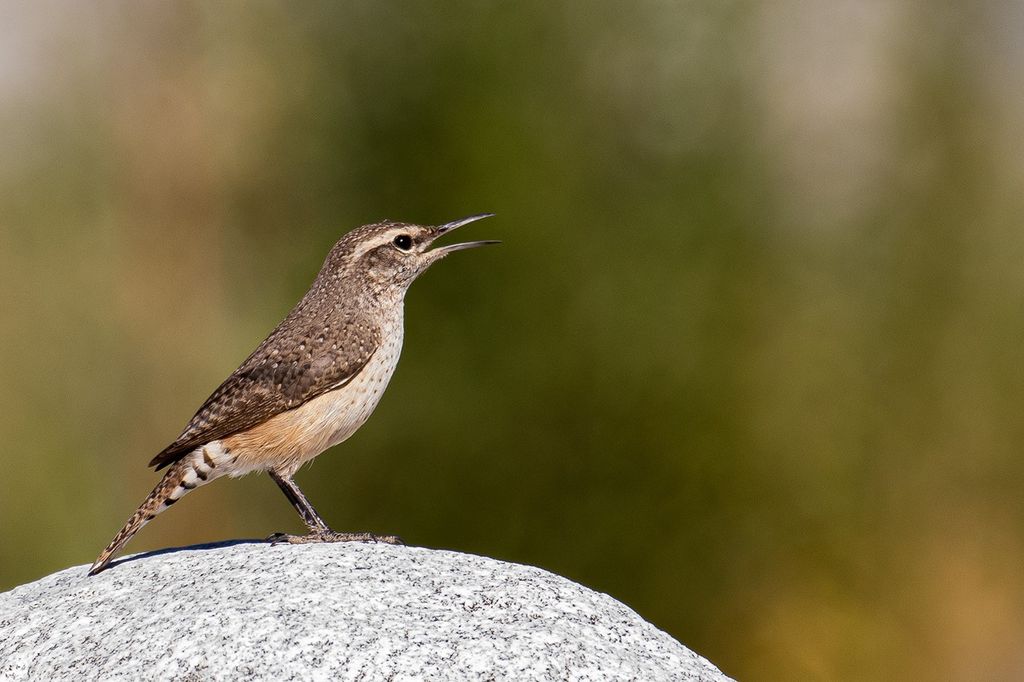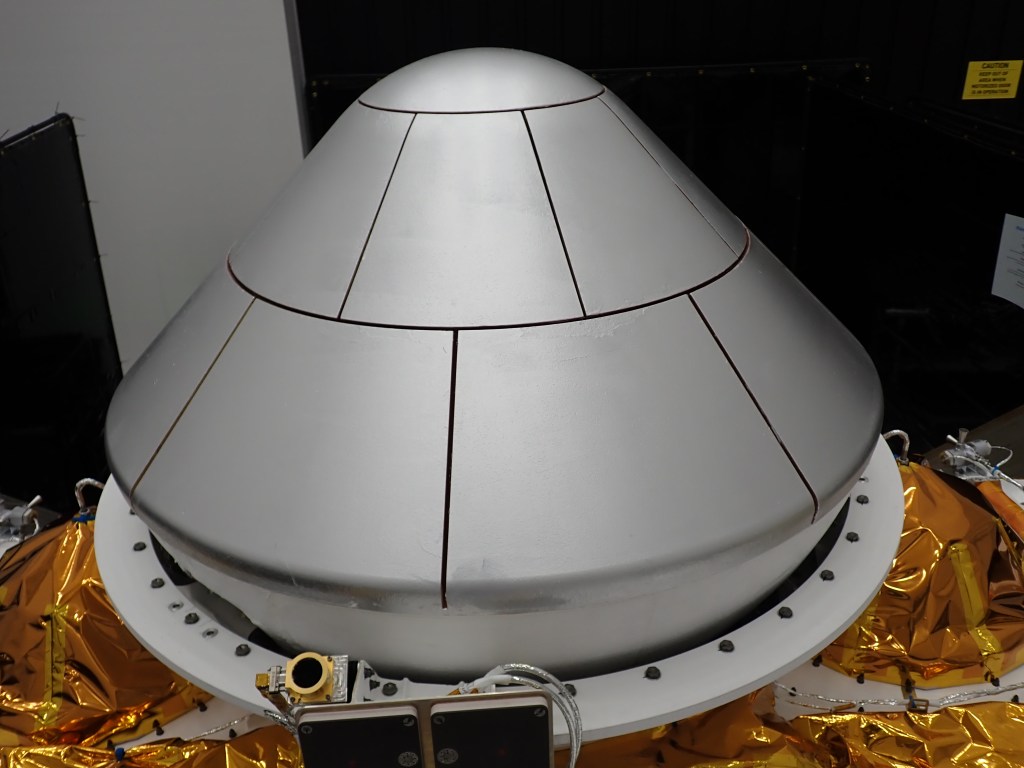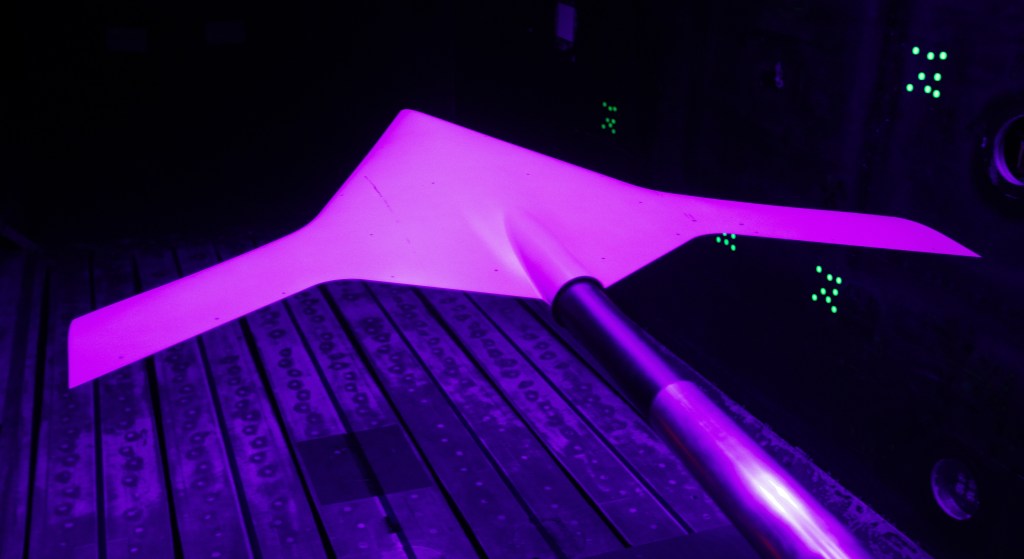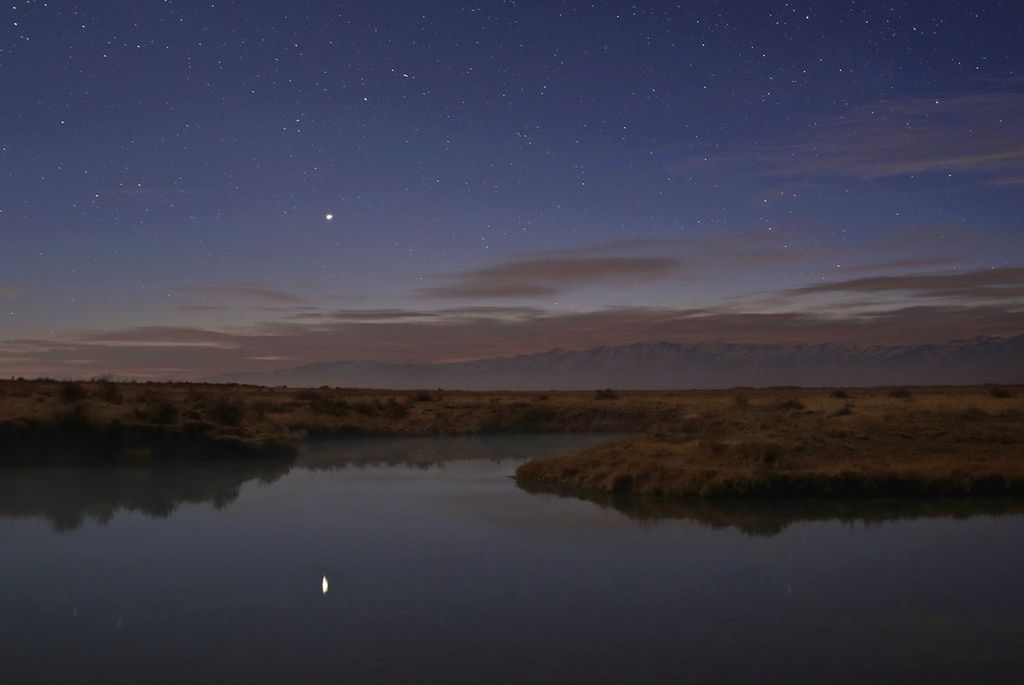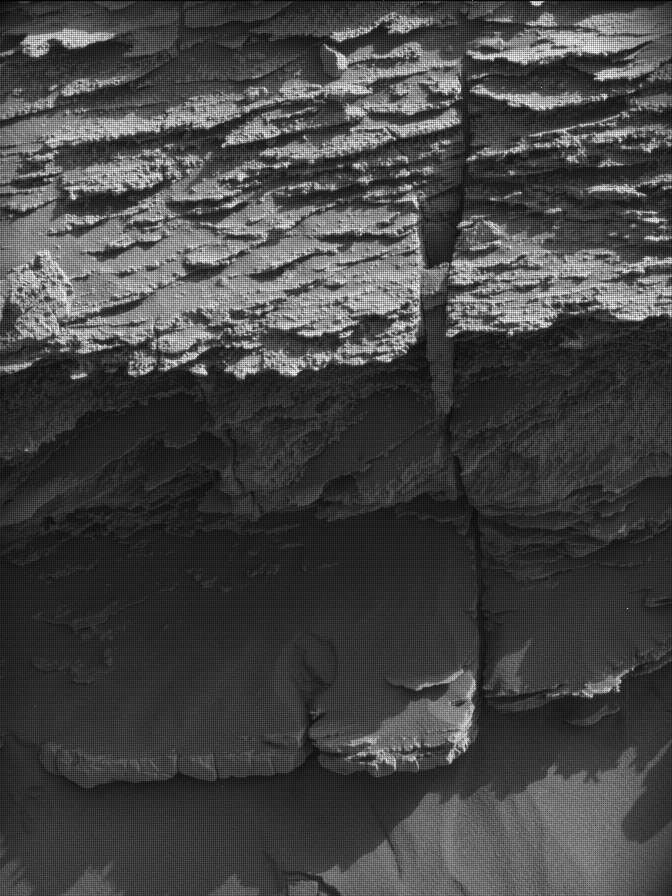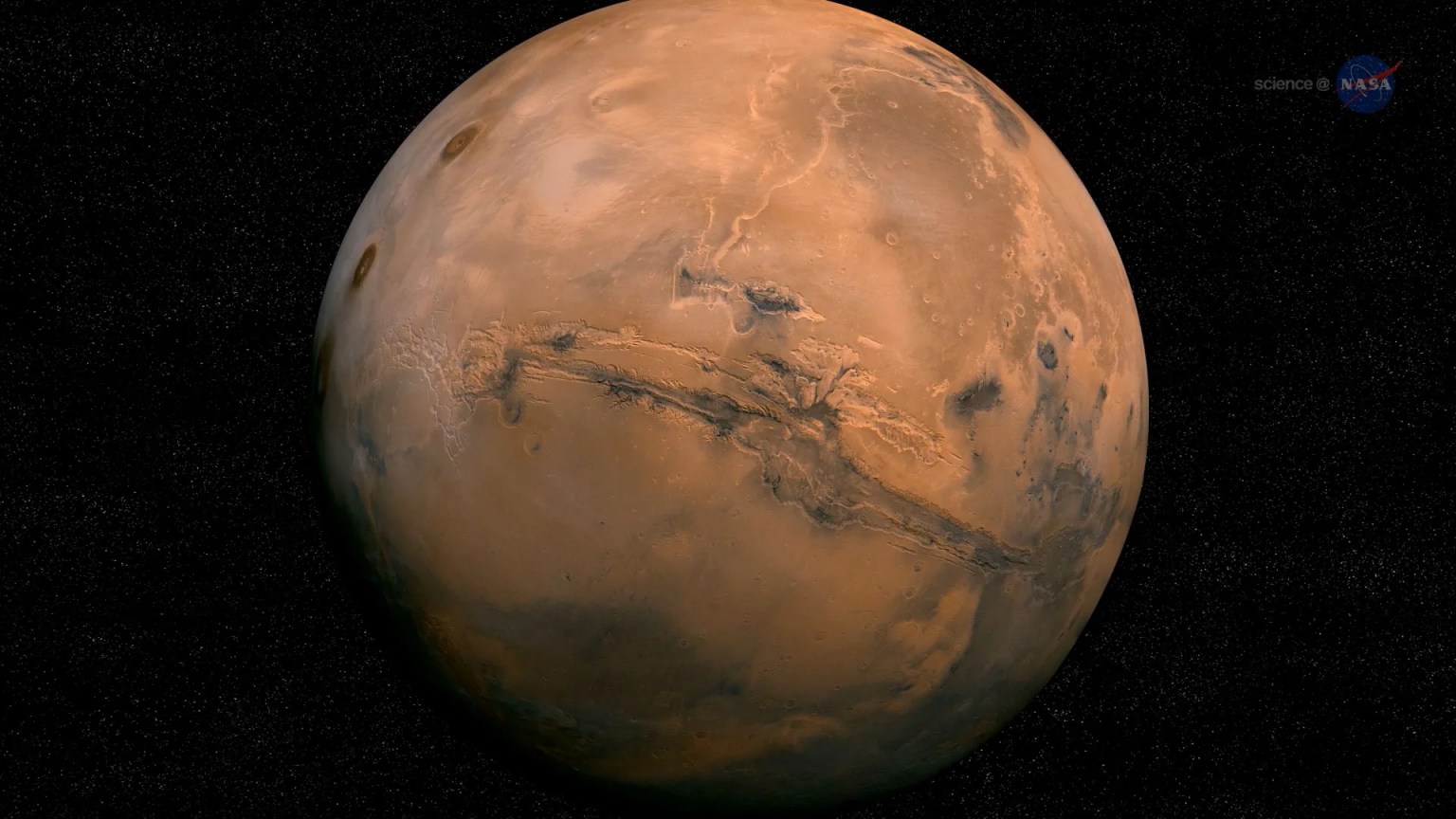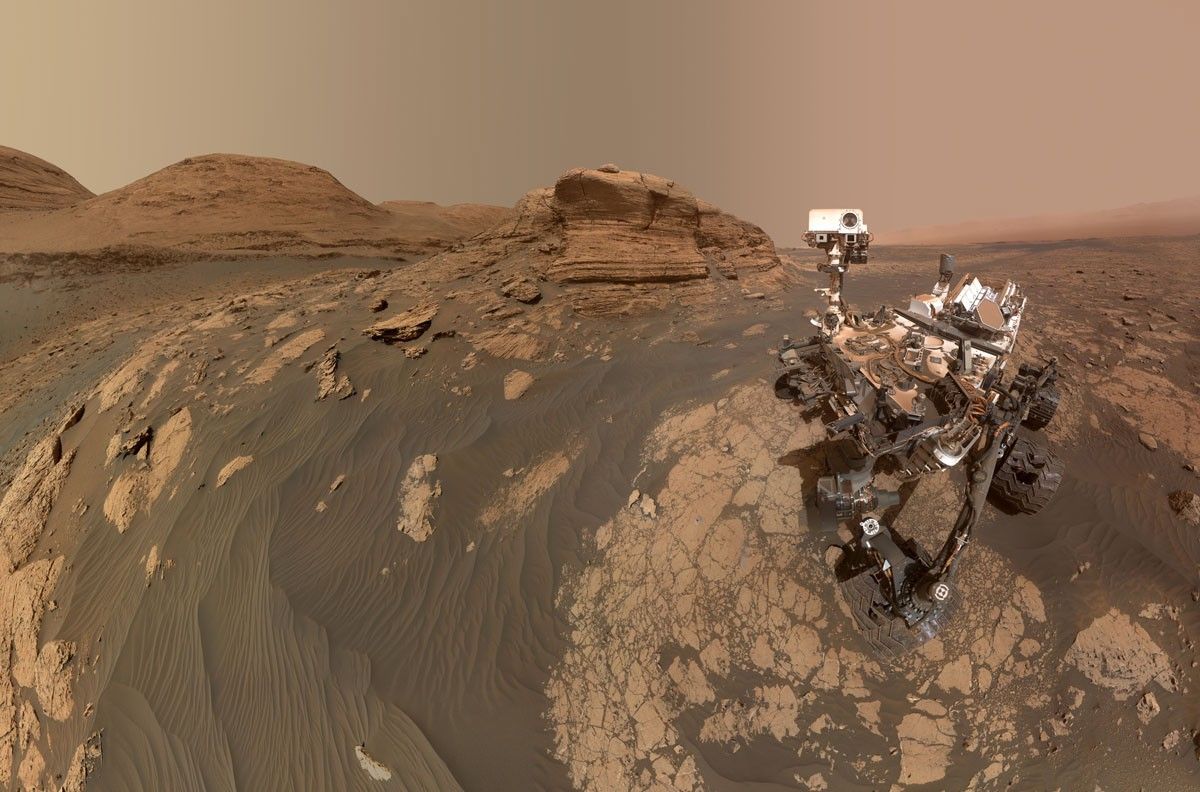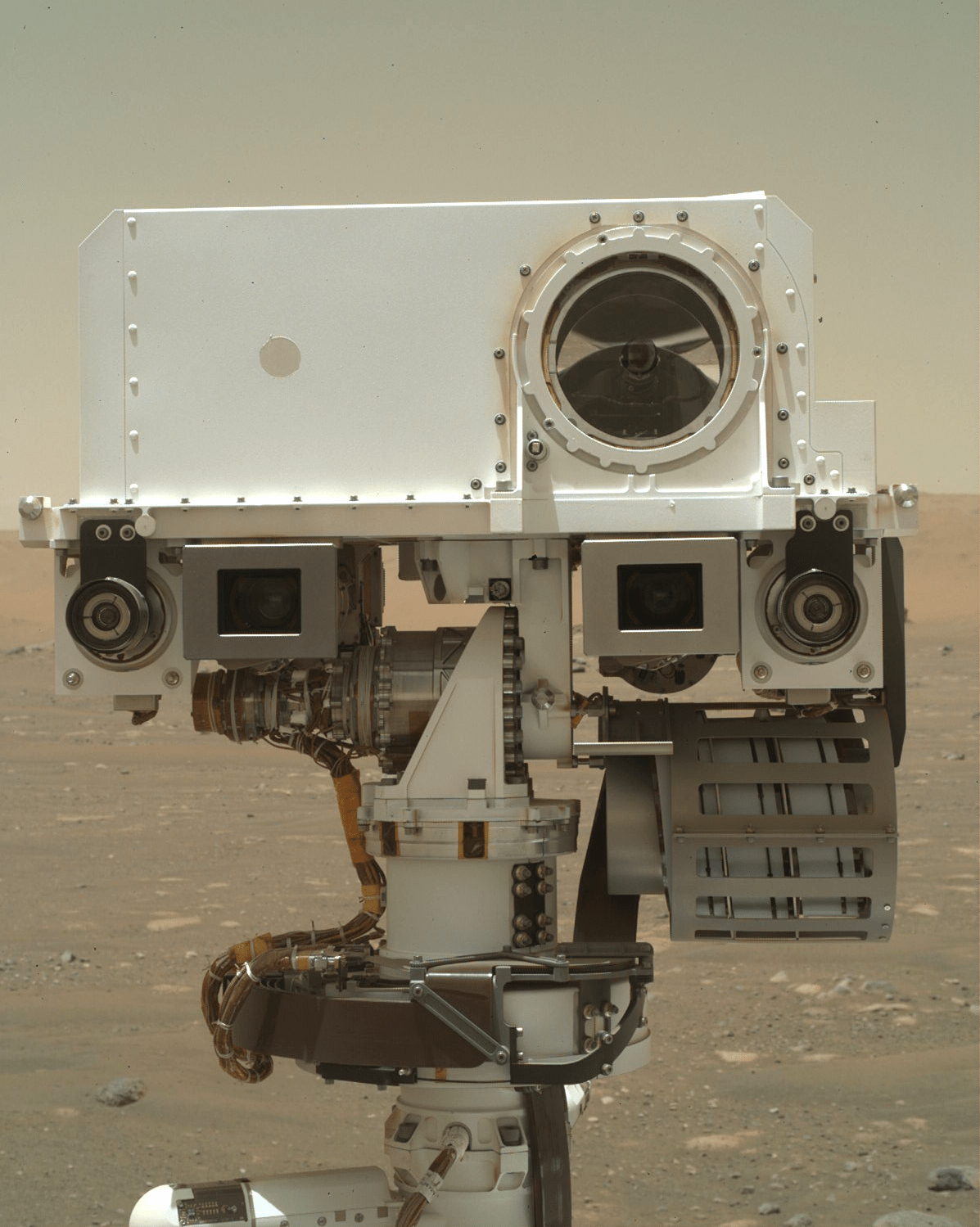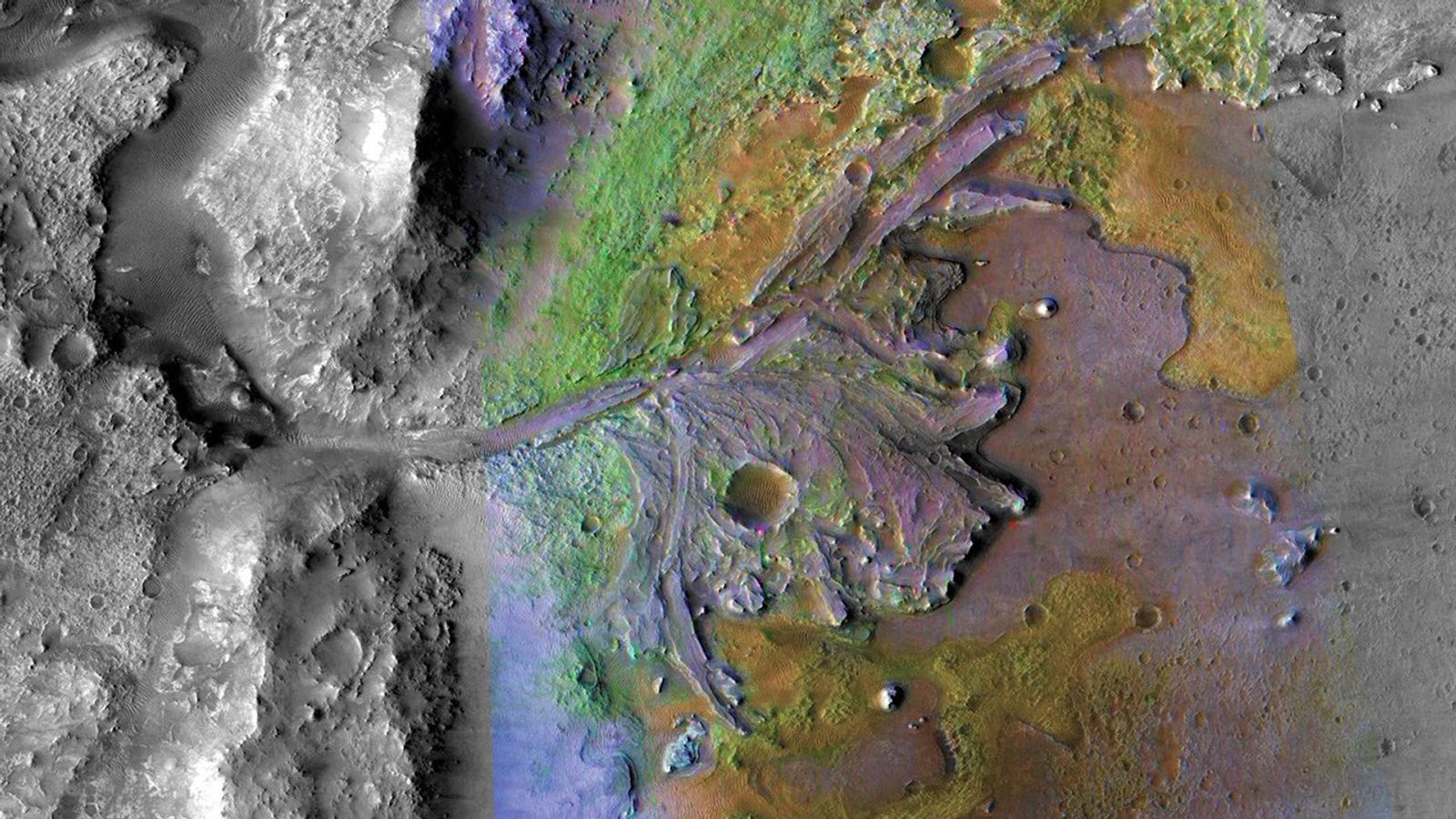The drive over the weekend stopped a bit early (~17 meters
instead of the intended ~25 meters) because the software that the rover uses to
monitor its drive progress was being extra cautious. The rover is fine, and in
the sol 1044 plan we will keep driving.
Before the drive, ChemCam has observations of targets of
varying textures named "Edith", "Sheffer", and "Finley". Mastcam will take some
documentation images of the same targets, along with a stereo mosaic of some
interesting layered rocks and a complementary 4x3 mosaic of the nearby "Apikuni
Mountain" area.
After the drive, we will take routine post-drive images, and
then on sol 1045 ChemCam has some calibration measurements and Navcam has some
cloud monitoring observations. On both sols, Mastcam will also continue its
sun-spot monitoring campaign, and REMS, RAD, and DAN will do their routine
measurements.
Meanwhile, many of us on the rover team are eagerly waiting
along with the rest of the world to see the results of the historic New
Horizons Pluto flyby that is happening right now. The pictures that New
Horizons has sent back already are weird and fascinating, and everyone is
looking forward to seeing more! By Ryan Anderson -Ryan is a planetary scientist at the USGS Astrogeology Science Center and a member of the ChemCam team on MSL. Dates of planned rover activities described in these reports are subject to change due to a variety of factors related to the Martian environment, communication relays and rover status.
Written by Ryan Anderson, Planetary Geologist at USGS Astrogeology Science Center

